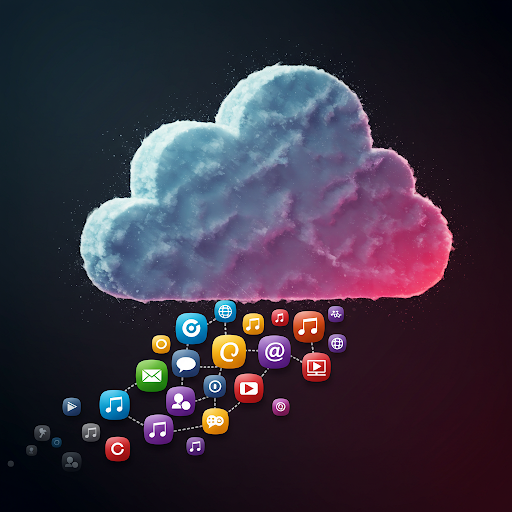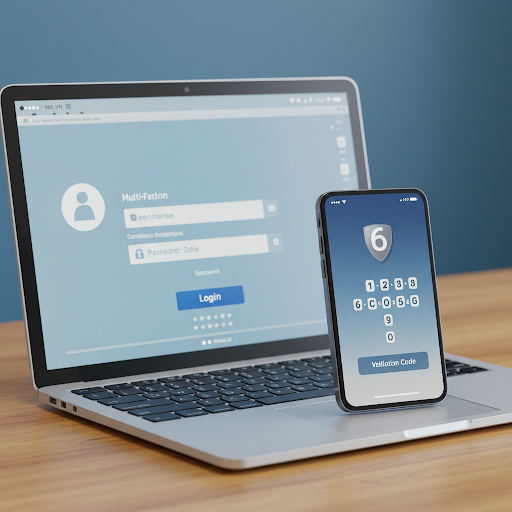Beyond Backup: Why Data Protection is Critical in Today's Threat Landscape
The Importance of Comprehensive Data Protection

The need to back up data has been a constant in the digital age. However, the rise of sophisticated cyber threats, such as ransomware and supply chain attacks, has transformed the way we think about data security. Simply backing up data is no longer enough; we need comprehensive data protection strategies to safeguard our valuable information. At HCS, we're committed to helping you navigate the complexities of data protection and ensure the resilience of your business.
The Evolving Threat Landscape
Traditional backup methods, while essential, often fall short in the face of modern threats. Data center outages, sleeper ransomware, supply chain attacks, and misconfigurations can all compromise your backups and lead to significant data loss.
- Data Center Outages: Even the most reliable cloud providers can experience outages, potentially impacting your backups.
- Sleeper Ransomware: This insidious malware can lie dormant in your backups, waiting to strike and render your recovery efforts useless.
- Supply Chain Attacks: Attacks on your cloud vendors can compromise your data, including your backups.
- Misconfigurations: Incorrect security settings can expose your backups to unauthorized access and deletion.
Key Features of a Robust Data Protection System
To effectively protect your data, you need a comprehensive solution that goes beyond basic backup functionality. Here are some essential features to look for:
- Ransomware Prevention: Choose a solution with robust ransomware protection capabilities, such as immutable backups and anomaly detection.
- Continuous Data Protection: Implement continuous data protection to capture real-time changes and minimize data loss in case of system crashes.
- Threat Identification: Utilize proactive threat identification tools to detect and neutralize malware in new and existing backups.
- Zero-Trust Security: Embrace a zero-trust approach with multi-factor authentication, granular access controls, and continuous authorization.
- Backup Redundancy: Ensure your backup provider offers redundancy through multiple data centers and storage locations.
- Air Gapping: Consider air gapping for highly sensitive data, creating an offline copy that is isolated from network-based attacks.
Building a Comprehensive Data Protection Strategy
Data protection is not just about technology; it's about implementing a comprehensive strategy that encompasses people, processes, and tools. Here are some key steps:
- Assess your data protection needs: Identify your critical data assets and their vulnerability to various threats.
- Choose the right data protection solution: Select a solution that aligns with your business needs and budget.
- Implement robust security measures: Configure your backup system with strong passwords, access controls, and encryption.
- Educate your employees: Train your staff on cybersecurity best practices and the importance of data protection.
- Regularly test your backups: Conduct periodic restore tests to ensure your backups are reliable and accessible when needed.
Partner with HCS for Expert Data Protection
Navigating the complexities of data protection can be challenging. HCS offers expert guidance and support to help you develop and implement a robust data protection strategy. Our services include:
- Data Protection Assessments: Evaluate your current data protection posture and identify potential vulnerabilities.
- Solution Selection and Implementation: Help you choose and implement the right data protection solution for your business.
- Security Configuration and Optimization: Configure your backup system for maximum security and efficiency.
- Employee Training and Awareness: Educate your workforce on data protection best practices.
- Disaster Recovery Planning: Develop and test a comprehensive disaster recovery plan to ensure business continuity.
Contact HCS today to schedule a consultation and learn how we can help you protect your valuable data from evolving threats. We're committed to ensuring the resilience of your business and safeguarding your digital assets.
HCS Technical Services











